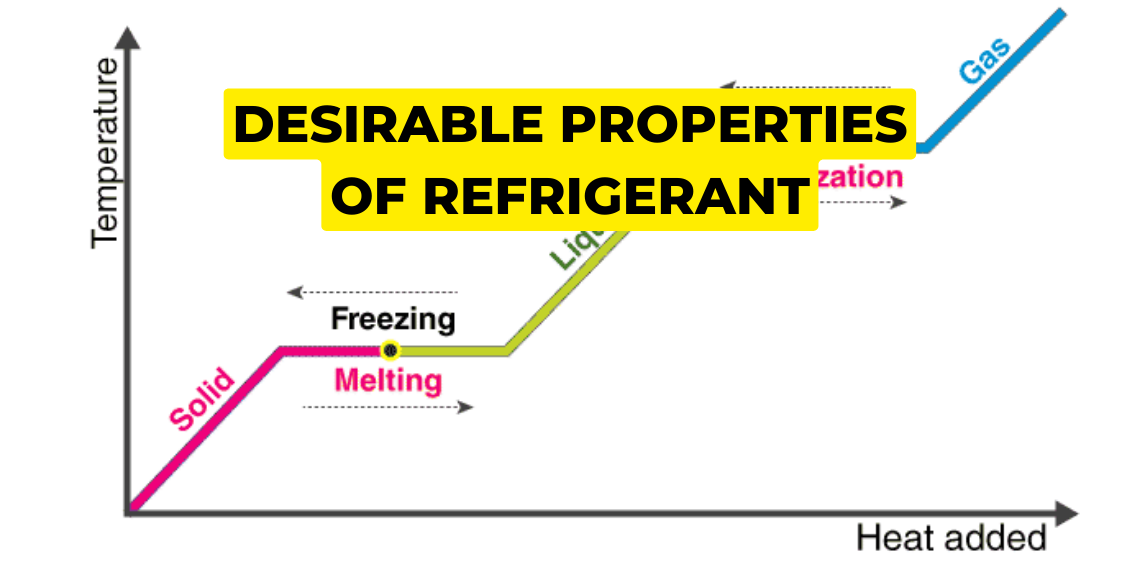Desirable properties of Refrigerant used in ship
Desirable properties of refrigerants are important for the efficient and safe operation of refrigeration and air conditioning systems. These properties can vary depending on the specific application and system design, but generally the following properties are considered desirable for refrigerants:
- Low boiling point.
- Low condensing pressure.
- Low specific volume.
- High latent of vaporization.
- Low freezing point.
- Cheap.
- Non-explosive.
- Non corrosive
- Non-flammable.
- Non-toxic.
- Low GWP.
- Low ODP.
- High critical temperature.
- Miscibility with oil.
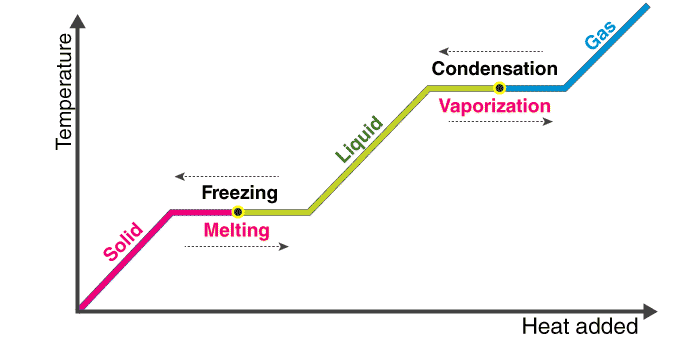
Low boiling point:
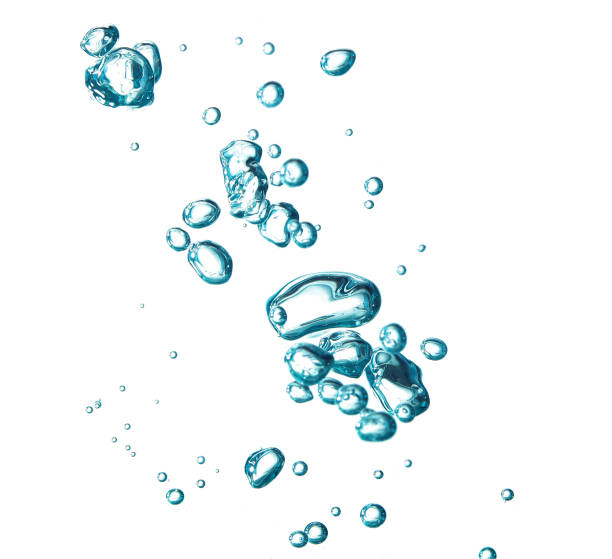
The low boiling point is required for better cooling of the refrigerant because heat transfer can occur more easily inside the evaporator.
Low condensing pressure:

Low condensing pressure means the same kg of different refrigerants has different pressure for condensing. If the gas condensing pressure is high a higher power compressor will be needed but a low-condensing pressure refrigerant requires a small compressor.
Low specific volume:
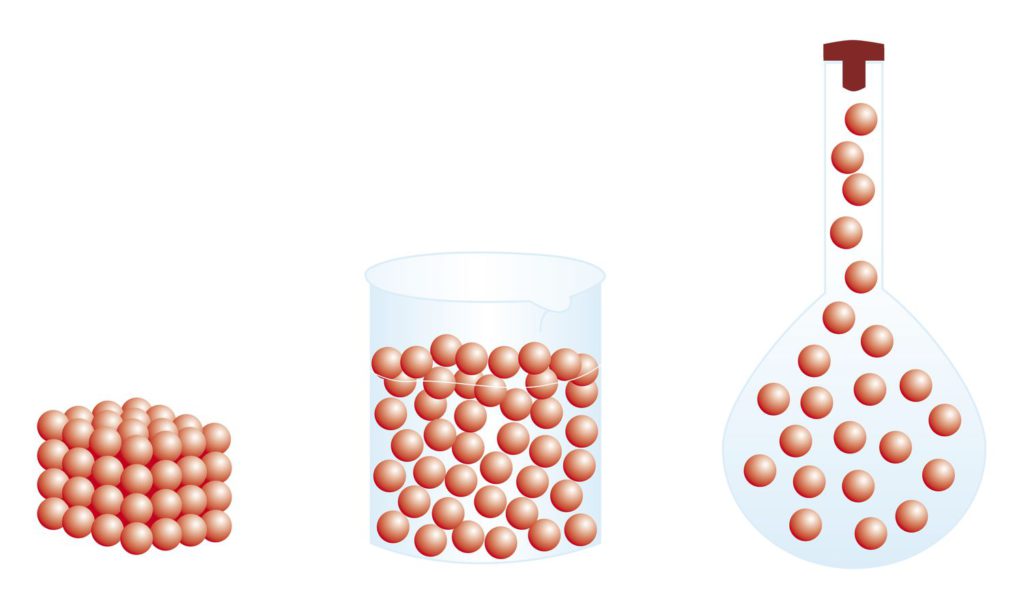
Low specific volume is very important for a refrigerant because less volume occupied by the gas is better for us. For example, X kg refrigerant (A) volume is 30 m3, and x kg refrigerant (B) volume is 80 m3, obviously 30 m3 refrigerant (A) is better for us since it will occupy less volume.
High Latent heat of vaporization:
Refrigerants have a high latent heat of vaporization, meaning they absorb a significant amount of heat energy when they change from a liquid to a vapor during the evaporation process. This property is essential for efficient cooling.
Low Freezing Point:
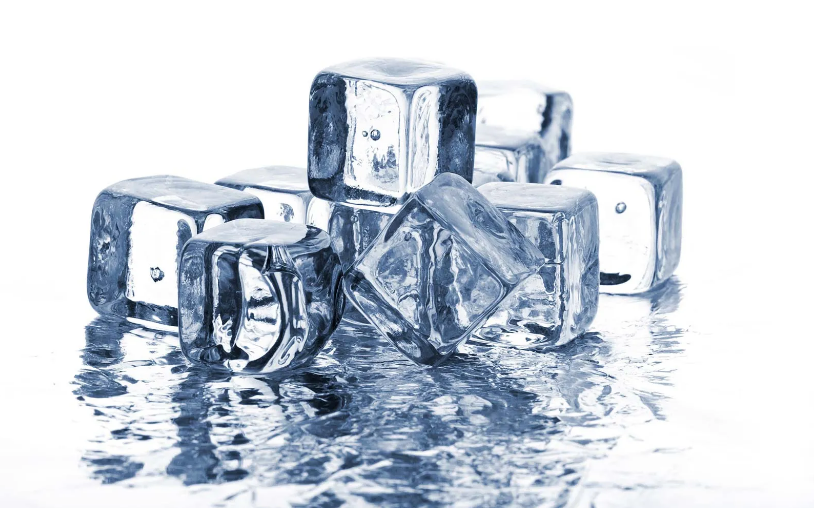
A refrigerant should have a freezing point below the expected operating temperatures to prevent it from solidifying within the refrigeration system.
Low Ozone Depletion Potential (ODP):
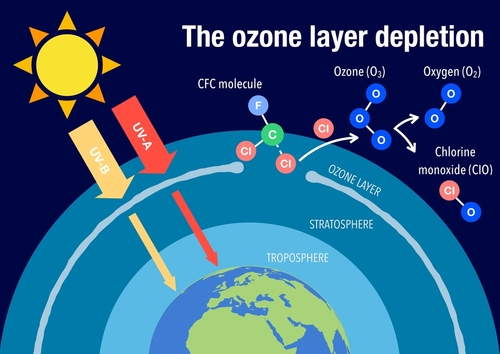
It is important for refrigerants to have a low or zero ODP to minimize their contribution to ozone depletion in the Earth’s atmosphere. This led to the phase-out of chlorofluorocarbon (CFC) refrigerants.
Low Global Warming Potential (GWP):
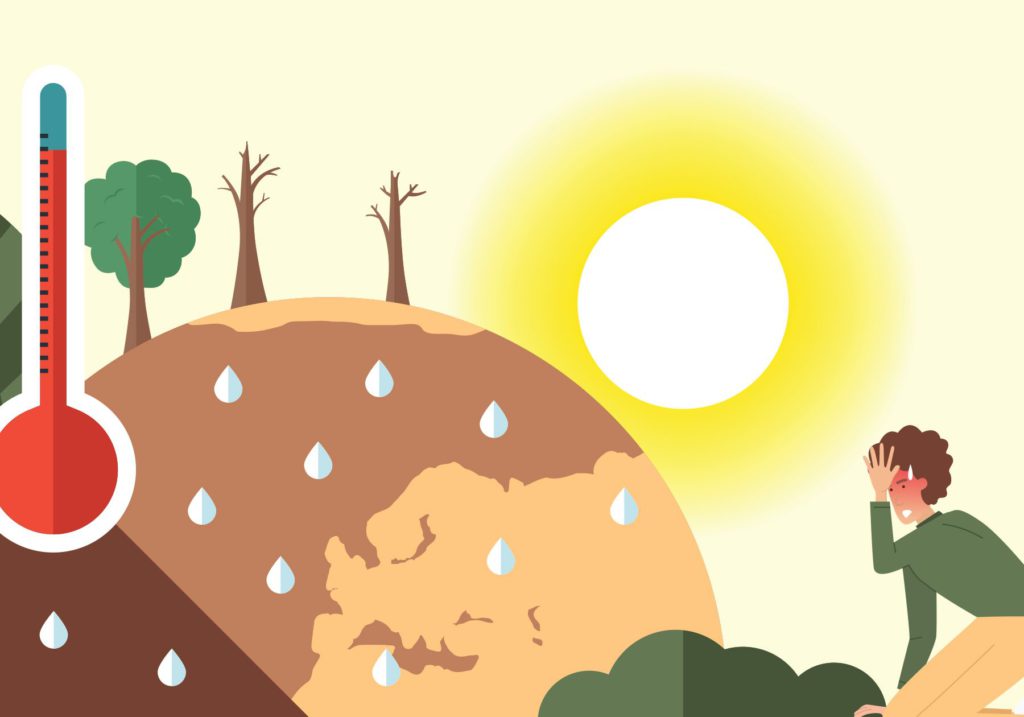
GWP is a measure of the greenhouse gas potential of a refrigerant compared to carbon dioxide (CO2). Refrigerants with lower GWP values are preferred to reduce their impact on global warming. Hydrofluorocarbon (HFC) refrigerants, which replaced many CFCs, have relatively high GWP values.
Non-explosive:

Non-explosive gas is required in the refrigeration system to prevent the system from explosion.
Non-Flammable:
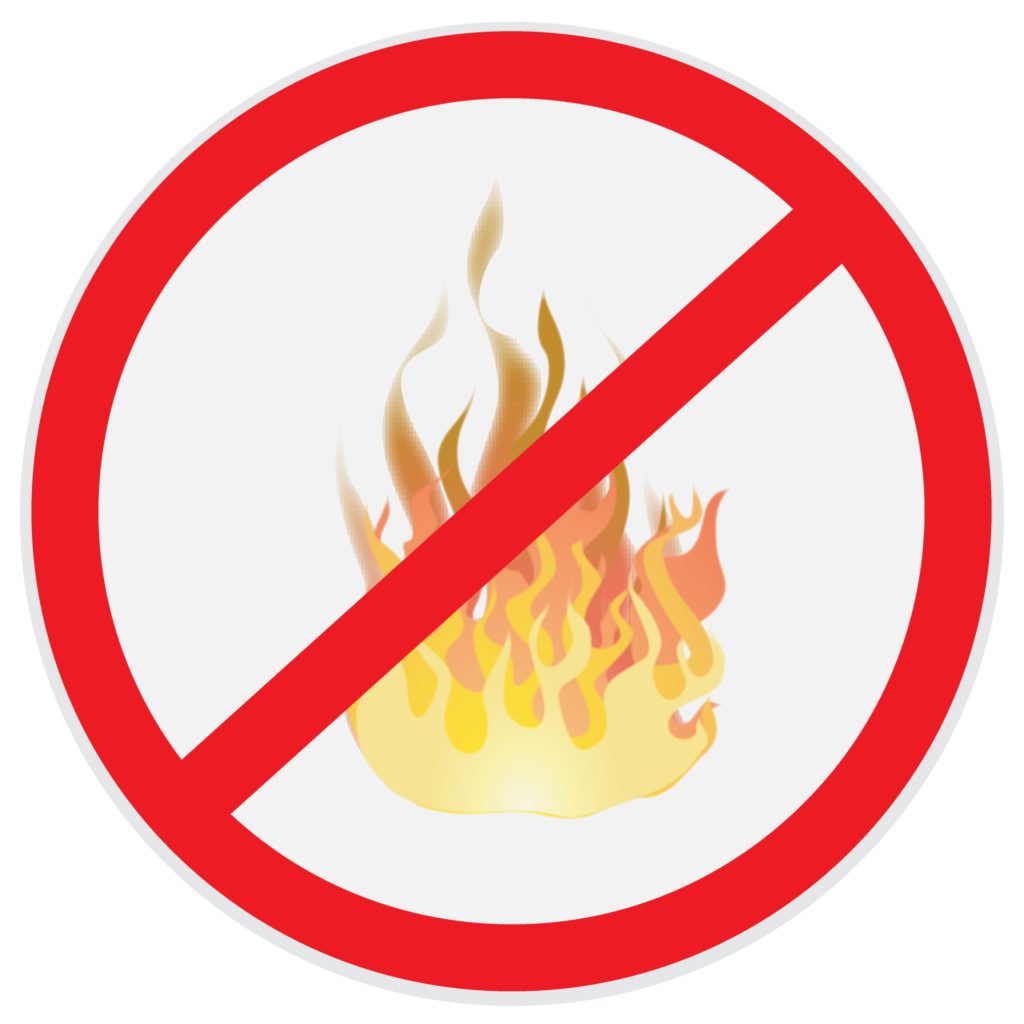
For safety reasons, many refrigerants are chosen to be non-flammable or have low flammability. This reduces the risk of fires in the event of a leak.
Non-Corrosive:

Refrigerants should not corrode the materials used in the refrigeration system, including pipes, coils, and compressors.
Non-toxic:
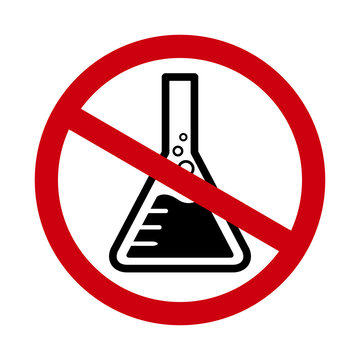
It should not have a pungent smell or be harmful to the environment and people.
High critical temperature:
High critical temperature is required for condensing the refrigerant at high temperatures. For example, CO2 gas critical temperature is around 31°C. For this reason, CO2 gas can’t condense over 31℃ of the surrounding temperature. After this 31℃ temperature gas will never condense.
Miscibility with oil:
In the compressor the lubrication system is splash lubrication. For this reason, some lubricants can come with the refrigerant, this refrigerant should be miscible with lubrication oil. Otherwise, this oil will be stuck in the system, and this oil will make a layer inside the circulation pipe and make an obstacle like an insulator in between the heat-exchanging process. When gas is mixed with the lubricant it will come back into the compressor and be compressed again.
Cheap:
Refrigerant should not be very expensive.
Note:
If you want to learn more about this topic, we suggest checking out our Combo package with the given link https://www.merchantnavydecoded.com/courses/c/ . It’s a great way to dive deeper into the subject through video explanations. This package covers all the important details and presents them in an easy-to-understand format. Watching the videos will help you grasp the topic better and make learning more enjoyable. So, we highly recommend giving our Combo package a try to enhance your knowledge on the subject.
Disclaimer :- The opinions expressed in this article belong solely to the author and may not necessarily reflect those of Merchant Navy Decoded. We cannot guarantee the accuracy of the information provided and disclaim any responsibility for it. Data and visuals used are sourced from publicly available information and may not be authenticated by any regulatory body. Reviews and comments appearing on our blogs represent the opinions of individuals and do not necessarily reflect the views of Merchant Navy Decoded. We are not responsible for any loss or damage resulting from reliance on these reviews or comments.
Reproduction, copying, sharing, or use of the article or images in any form is strictly prohibited without prior permission from both the author and Merchant Navy Decoded.


